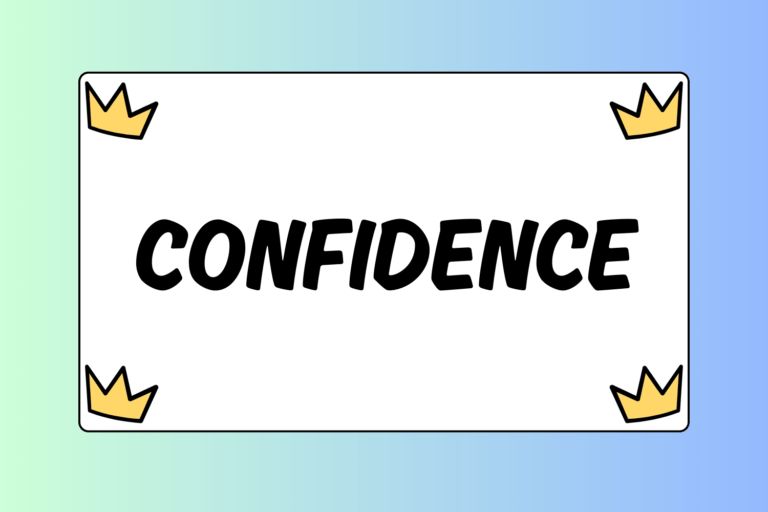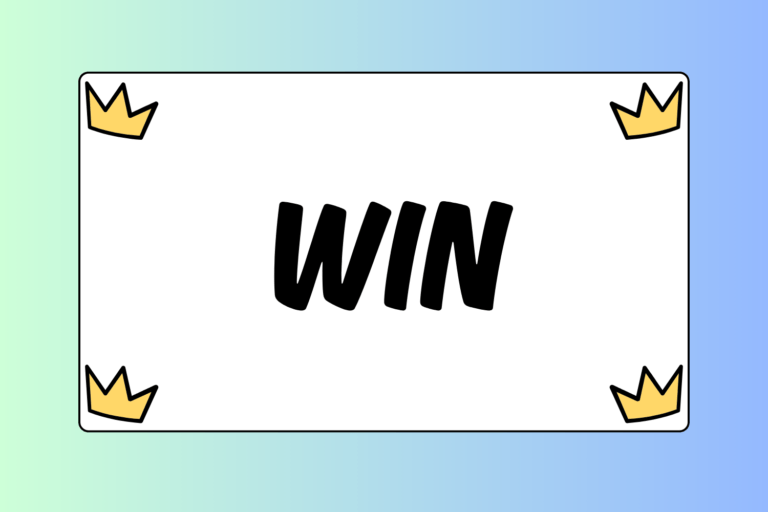The types of drills that a wrestler does on a regular basis are critical to success in competition. This is especially true for beginning wrestlers, as there are certain aspects of the sport that are especially important to learn early on.
This guide describes three drills that are guaranteed to help beginning wrestlers learn some necessary skills. The spin drill, through-the-legs drill, and dump-the-bucket-drill help to reinforce skills that all wrestlers should know, but are very important for beginning wrestlers to start practicing early and often.
Spin Drill
The spin drill is extremely beneficial for beginners, and is especially useful for younger beginning wrestlers. This drill is used mainly to reinforce the habit of spinning behind your opponent to score a takedown, but also helps beginning wrestlers to understand the concepts of balance and pressure. All you need is a partner and a little bit of mat space.
- Get set on bottom: One wrestler will start on the mat in referee’s position. The other wrestler will start on top, and will be the spinner. The wrestler on bottom, in referee’s position, maintains a solid position with his head down while his partner spins.
- Get set on top: The wrestler on top gets set by placing his chest on top of his partner, using him as support. The top wrestler should have his legs back and wide apart, putting a considerable amount of pressure on his partner’s back. Also, the top wrestler’s hands should be behind his back to make balancing a bit more challenging.
- Spin: On a coach’s command (a whistle, or simply, “Go!”), the wrestler on top starts spinning in one direction quickly by shuffling on his toes. While spinning, the top wrestler keeps his chest in contact with the bottom wrestler’s back. Newer wrestlers have a tendency to support themselves on their stomach rather than their chest, but don’t get into this habit. Use your chest to put pressure on your opponent, while keeping your hands behind your back.
- Switch: On a coach’s command (a whistle, or simply, “Switch!”), the wrestler on top changes the direction of the spin. This wrestler should be trying to spin and switch as fast as possible while maintaining good position, with his chest on his partner and legs back, maintaining pressure.
- Finish: After the top wrestler spins and switches directions for roughly 30 seconds, the coach will command this wrestler to “finish.” The top wrestler does this by spinning behind his opponent and using some sort of breakdown (arm chop, tight-waist far-ankle lift, etc.) to get the bottom wrestler out of position.
- Rotate: After the top wrestler has successfully broken his partner flat, the partners rotate the top and bottom positions.
Depending on experience level, this drill may be altered to fit the needs of the wrestlers. If the wrestlers haven’t learned breakdown techniques yet, go ahead and skip that step. Also, the length of the drill, as well as the frequency of direction changes, may be modified to fit a wrestler’s level of experience.
Through-the-Legs Drill
The through-the-legs drill is a great warm-up for wrestlers of all experience levels, but is helpful for beginning wrestlers who are just learning the basic penetration step. This drill is designed to help wrestlers focus on changing their level as they take their shot. If you are not familiar with the penetration step, check out How to Shoot in Wrestling. Grab a partner and you’re ready to go.
- Getting set: One wrestler stands with his legs slightly wider than shoulder-width apart, while the other wrestler starts facing him, in his stance, ready to shoot. There should be enough room to fit the shooting wrestler’s body as he goes through, so adjust your stance accordingly. Larger wrestlers may have trouble shooting though their partners’ legs; in this case, the wrestler should place one foot against a wall, allowing his partner much more room in which to perform the drill.
- Go!: On a coach’s command, the wrestler in his stance takes a shot in between his partner’s legs, focusing on changing levels and taking a deep step. Beginning wrestlers will have a tendency to shuffle through their partner’s legs on their knees, because this is the easiest route. Don’t get into this habit. Try to get through your partner’s legs using one big step. This is tricky at first, but in time it will seem effortless. It may help to place your hands on the mat as your shoot through, as well.
- Stand & repeat: Once you get through your partner’s legs, step up and face him (you should be looking at his back). Take another shot back through your partner’s legs and stand up in front of him. Continue this process, focusing on changing levels before taking one solid penetration step.
- Switch: After one wrestler has completed his shots, the partners switch positions and continue this process. This drill can be broken up by time (30 seconds, 60 seconds, etc.), or by repetitions (20 to 30 should be enough for each wrestler, on each turn).
The drill can also be modified for more experienced wrestlers: The wrestler that is shooting may take an outside penetration step instead of the traditional inside penetration step. This helps drill the motion of a sweep/swing single. Also, the drill can be changed so that once the wrestler successfully makes it through his partner’s legs, he hops over his partner’s back (like a leap-frog) to get back in front. This will help to add some light conditioning to the drill, and can be a great warm-up before stretching.
Dump-the-Bucket Drill
The dump-the-bucket drill works different skills for two wrestlers at the same time: One wrestler will be drilling their stand up, while the other practices lifting him and returning him to the mat. If done correctly, this drill will also serve as a conditioning workout, in addition to building each wrestler’s skills. Get a partner, find some space, and get ready to go.
- Get set on bottom: One wrestler starts in referee’s position. This will be the wrestler that practices the stand up technique.
- Get set on top: The top wrestler covers, ready to put pressure on his partner as he stands up. Remember, this isn’t a match, so don’t fight tooth-and-nail to keep your opponent down. The top man should simply do enough on top to make it challenging for the bottom wrestler to get to his feet.
- Stand up: The bottom wrestler uses any desired stand up technique in order to get to his feet. The top wrestler follows him up, staying behind him and locking his hands around his partner’s waist when he has successfully gotten onto his feet.
- Return: The wrestler that started on top uses his body-lock to return his partner to the mat. To do this, he straddles one of his partner’s legs, pinches his elbows, and pops his hips into his partner in order to lift him off the mat. In the air, he rotates his lock to turn his partner’s body sideways, following him down to the mat as they return.
- Repeat: This same process is repeated, with the bottom man getting to his feet, and the top man returning him to the mat. This drill is typically broken up by time (around one minute), but can also be broken up by repetitions.
- Switch: After the time limit or number of repetitions has been reached, the wrestlers switch top and bottom, and continue this process.
In addition to drilling stand up and returning skills, this drill is great for conditioning. It may also be modified to fit the needs of more experienced wrestlers. The bottom man may use more advanced escapes (such as switching) in order to get to his feet. The top man may also use dumps, trips, and other more advanced returning techniques to get his partner back to the mat.
Get Drilling!
Take your drilling seriously if you expect to experience success! Talk to your coach about implementing these drills into your training routine. Also, as you become a master of these drills, and subsequently the skills that go along with them, ask your coach about ways you can increase the difficulty of these drills, or about other drills that would improve your wrestling in other areas.





